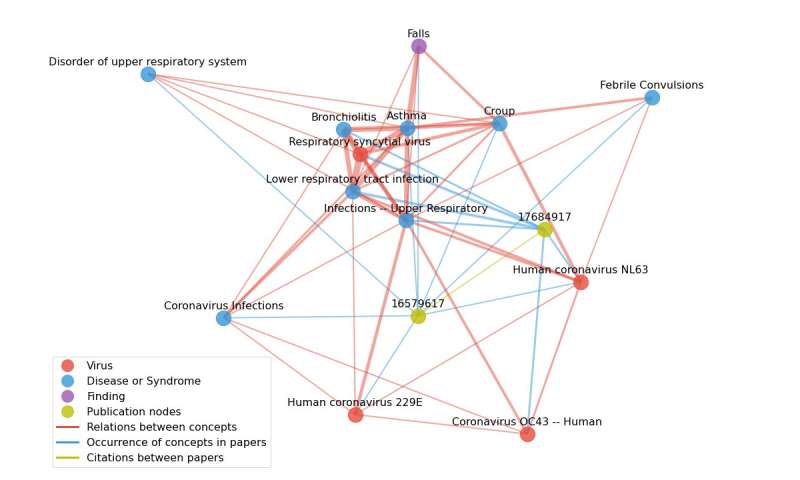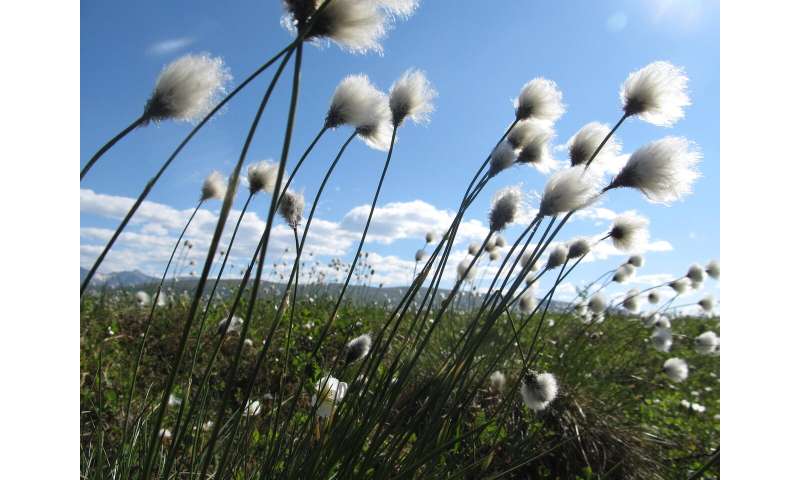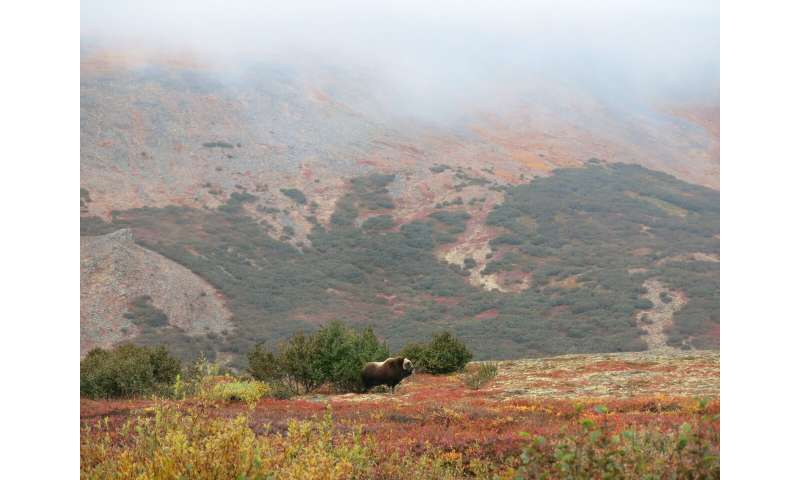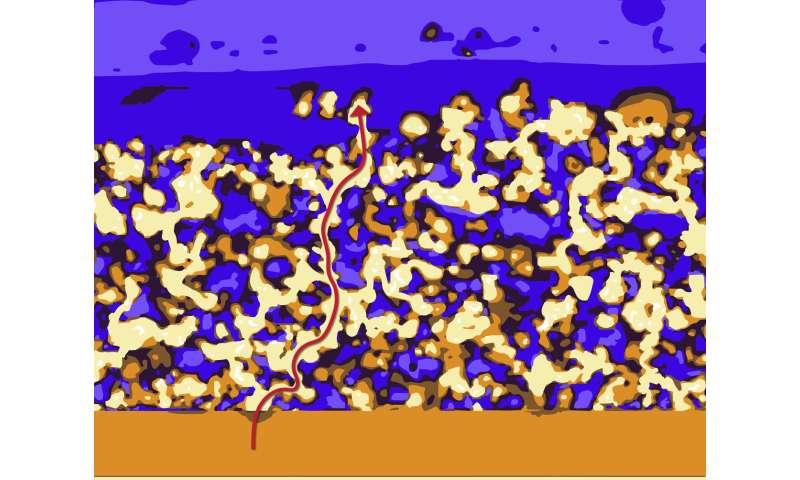Story Tips: Mining for COVID, rules to grow by and the 3D connection

Computing—Mining for COVID-19 connections
Scientists have tapped the immense power of the Summit supercomputer at Oak Ridge National Laboratory to comb through millions of medical journal articles to identify potential vaccines, drugs and effective measures that could suppress or stop the spread of COVID-19.
A team comprising researchers from ORNL and Georgia Tech are using artificial intelligence methods designed to unearth relevant information from about 18 million available research documents. They looked for connections among 84 billion concepts and cross-referenced keywords associated with COVID-19—such as high fever, dry cough and shortness of breath—with existing medical solutions.
"Our goal is to assist doctors' and researchers' ability to identify information about drug therapies that are already approved by the U.S. Federal Drug Administration," said ORNL's Ramakrishnan "Ramki" Kannan.
A massive subset of 6 million documents dated between 2010 and 2015 took 80 minutes, and the entire 18 million will take less than a day to run on Summit. Results will be shared with medical researchers for feedback, which will inform adjustments to improve future calculations.
Media Contact: Sara Shoemaker, 865.576.9219, shoemakerms@ornl.gov
Image: https://www.ornl.gov/sites/default/files/2020-05/pubmedconnections-COVID-19-2.png

Caption: Using ORNL's Summit supercomputer, scientists can comb through millions of medical journal articles looking for possible connections among FDA-approved drug therapies and known COVID-19 symptoms. Credit: Dasha Herrmannova/Oak Ridge National Laboratory, U.S. Dept. of Energy
Ecology—Rules to grow by
An international team of scientists found that rules governing plant growth hold true even at the edges of the world in the Arctic tundra. This new knowledge is informing predictive models that examine how critical factors such as carbon storage could change as temperatures warm.
Using the largest database of tundra plant traits yet compiled, researchers found that the strategies Arctic plants use to grow and acquire nutrients—from "live fast and die young" to "slow and steady"—are similar to strategies originally documented in plants that thrive in tropical and temperate regions.
"Even in the extreme conditions of the tundra, plants experience the same economic trade-offs in balancing growth and resources," said Oak Ridge National Laboratory's Colleen Iversen. "However, this study focused primarily on aboveground traits. The cold world beneath our feet is still largely unexplored."
Iversen is contributing to a similar international effort focused on the Arctic underground.

Media contact: Kim Askey, 865.576.2841, askeyka@ornl.gov
Image: https://www.ornl.gov/sites/default/files/2020-05/EriophorumInflorescences_V.Salmon_072013.JPG
Caption: Eriophorum vaginatum flourishes in the tundra biome at the edge of the world, at the Next-Generation Ecosystem Experiments Arctic field site at the Kougarok Hillslope outside of Nome, Alaska. Credit: Verity Salmon/Oak Ridge National Laboratory, U.S. Dept. of Energy
Image: https://www.ornl.gov/sites/default/files/2020-05/Lone%20musk%20ox.JPG
Caption: A lone musk ox surveys the surrounding fall colors of tundra vegetation at the Next-Generation Ecosystem Experiments Arctic field site outside of Nome, Alaska. Credit: Verity Salmon/Oak Ridge National Laboratory, U.S. Dept. of Energy
Batteries—The 3-D connection
Oak Ridge National Laboratory researchers have developed a thin film, highly conductive solid-state electrolyte made of a polymer and ceramic-based composite for lithium metal batteries.

The electrolyte's novel design, which was detailed in a study, is a three-dimensional interconnected structure that can provide mechanical robustness and high lithium ionic conductivity at room temperature.
Lithium metal may potentially increase the energy density in rechargeable batteries beyond what is currently achieved by commercial lithium-ion batteries. The key to improving density lies in developing a powerful thin solid electrolyte.
Solid polymer electrolytes are flexible and low cost but have low conductivity while ceramic-based electrolytes offer better conductivity but are too brittle to process.
"We combined the advantages of both materials to form a thin composite film," ORNL's Xi Chen said. "The film was formed by partially sintering a three-dimensionally interconnected ceramic structure and the polymer filled the pores to make a robust membrane."
Media Contact: Jennifer Burke, 865.414.6835, burkejj@ornl.gov
Image: https://www.ornl.gov/sites/default/files/2020-05/Batteries_3D%20story%20tip_3.jpg
Caption: A thin film solid-state electrolyte with a three-dimensionally interconnected structure was fabricated by ORNL researchers. The structure increased conductivity through the ceramic base. Credit: Xi Chen/Oak Ridge National Laboratory, U.S. Dept. of Energy
More information:
A three-dimensional interconnected polymer/ceramic composite as a thin film solid electrolyte
Max J. Palmer, Sergiy Kalnaus, Marm B. Dixit, Andrew S. Westover, Kelsey B. Hatzell, Nancy J. Dudney, X. Chelsea Chen
a
Chemical Sciences Division, Oak Ridge National Laboratory, Oak Ridge, TN, 37830, USA
b
Computational Science and Engineering Division, Oak Ridge National Laboratory, Oak Ridge, TN, 37830, USA
c
Department of Mechanical Engineering, Vanderbilt University, Nashville, TN, 37240, USA
doi.org/10.1016/j.ensm.2019.12.031
Sara Shoemaker, 865.576.9219, shoemakerms@ornl.gov
Provided by Oak Ridge National Laboratory